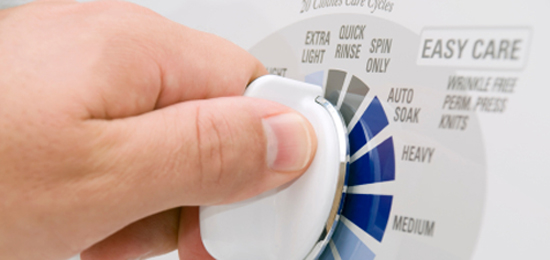Have you had an accident with bleach? Spilling bleach on a colored T-shirt may seem like a death sentence for that T-shirt. You may be tempted to throw it out because you don’t see any other way to fix the T-shirt and create something that is wearable again. And if you do choose to go that route, you still have something that you can use when you don’t want to throw it out. You have a T-shirt that is one that you can use to sleep in, to do messy chores in, or to wash the car in. You might even use it to clean certain household objects that need a soft touch such as eyeglass lenses.
However, if you are not resigned to using the T-shirt for any of these purposes, there are still a few things you can do to save the T-shirt and to be able to wear it out in public again. One of the most obvious things that can be done in this situation is to simply bleach the rest of the T-shirt so that the entire shirt will match. You can do this by soaking the T-shirt in a tub with water and bleach, or you can wash the T-shirt by itself or with a load of white laundry with bleach. The bleach will turn the entire T-shirt white. It will not look the same as the T-shirt did before you spilled the bleach on it, but it will be a T-shirt that is all one color and very wearable and it will still fit the same as it did before.
If you don’t want the T-shirt to become a white T-shirt, there are a couple of options. If the T-shirt color was originally light, you might be able to dye the entire T-shirt and to end up with the same T-shirt in a darker shade. The darker color will ensure that the entire T-shirt is dyed the color. Trying to dye the T-shirt a lighter color will clash with the original color and create a mottled look.
If you are determined to keep the T-shirt all one color but you don’t want it to the bleach completely white, there is another option. You can began with the T-shirt that has a bleach stain and continue bleach it until the entire T-shirt is white. Make sure to rinse that T-shirt very thoroughly before attempting the next step. Once it has been rinsed and all the bleach has been removed, you can dye it a different color. Because the entire T-shirt is white, is a blank canvas that is just waiting to accept a new color. When you do this, you can choose any color at all. You can pick a pastel or another light color, or you can try to find a fabric dye that very closely matches the original color of the T-shirt. This will get you back your T-shirt the way it was before you had the bleach accident, or it will at least get it to a shade that is very much like it.

 Baking soda is an inexpensive substance that is easy to find in any grocery store and general merchandise store. It has a million uses in the home, but one of the most useful of these is likely its power to soften clothing and make white clothes whiter. If a home has hard water, baking soda is especially helpful in keeping clothing from becoming stiff from the hard water residue.
Baking soda is an inexpensive substance that is easy to find in any grocery store and general merchandise store. It has a million uses in the home, but one of the most useful of these is likely its power to soften clothing and make white clothes whiter. If a home has hard water, baking soda is especially helpful in keeping clothing from becoming stiff from the hard water residue.






